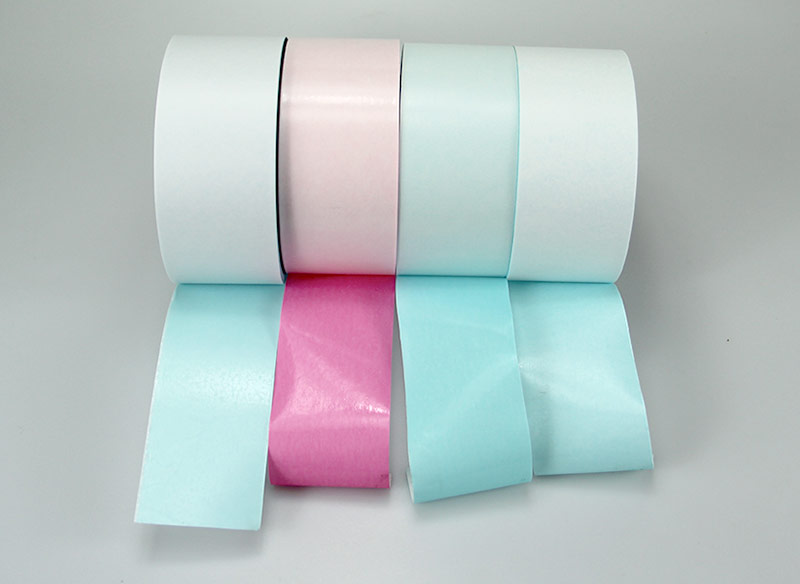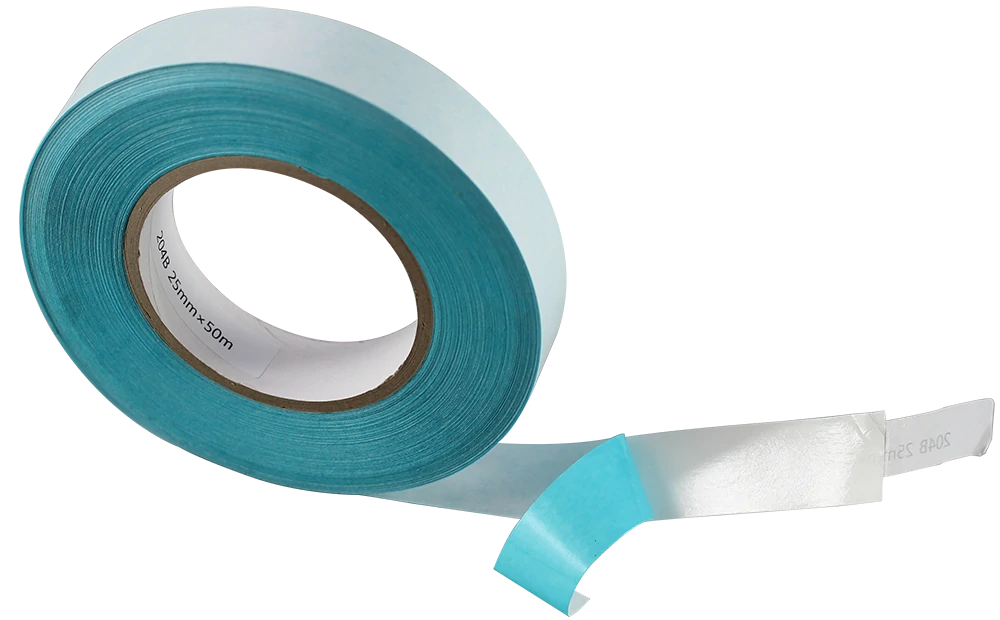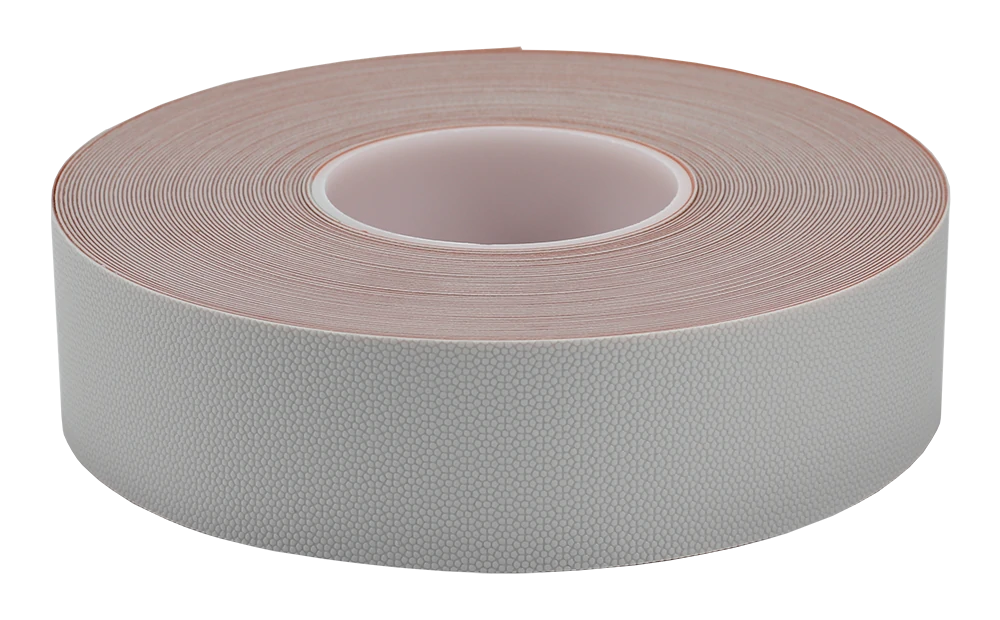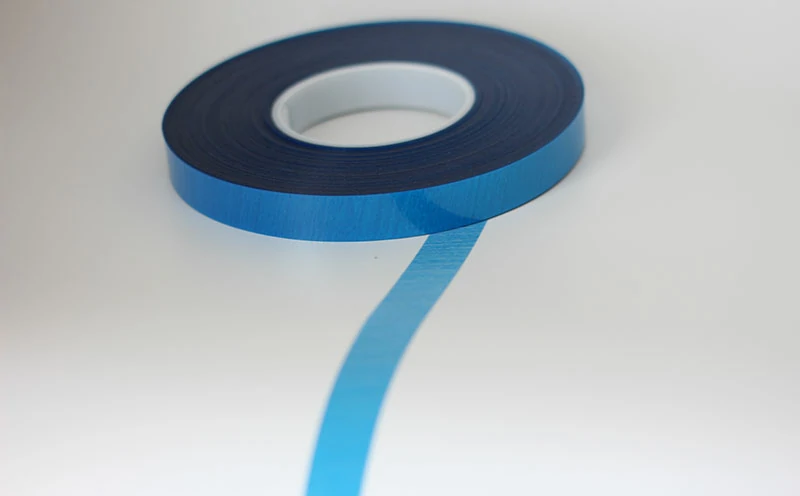1. zero-speed splicing tape
The zero-speed splicing tape structure is similar to the normal double - sided adhesive tape. Zero-speed splicing tape use for a device named zero-speed splicer. It found in the infeed section of printing presses used in web offset lithography which splices a fresh roll of paper to an expiring roll. The zero-speed splicing tape in contrast to a flying splicing tape, operates while the expiring roll and the new roll are both stationary.
When use zero-speed splicing tape, the running and new web are brought to a halt during the splice cycle, during which time the press is fed from the integrated festoon.
Zero-speed splicing tape typically has properties that allow for easy repositioning and adjustment of the splice before it is finalized. It may have a longer open time to facilitate precise splicing.
Provides more control over the splicing process, allowing for accurate alignment and minimizing waste due to misalignment during splicing.

2. High speed splicing tape
High speed splicing tape also named Flying splicing tape. The Flying splicing tape is a double side tape with Slitty release paper liner and fixed trips use for Flying paster.
The flying paster is a splicer for a web press that is used for continuous production. Flying splicing tape works by "pasting" an expiring roll onto the next so that the press does not have to stop. The "flying" aspect of it indicates that it accelerates the roll to the same speed of the press and then quickly performs the splice.
Flying splicing tape is engineered to provide quick adhesion and reliable bonding even at high speeds. It is designed to withstand the stresses of high-speed splicing processes.
Enables fast and efficient splicing operations in high-speed production environments, reducing downtime and increasing productivity.
In summary, zero-speed splicing tape is used in applications where precision and alignment are critical, especially when the material comes to a complete stop during splicing. High-speed splicing tape, on the other hand, is designed for fast and efficient splicing in high-speed production environments where continuous movement of the material is essential. The choice between the two types of splicing tape depends on the specific requirements of the splicing process and the equipment used.



